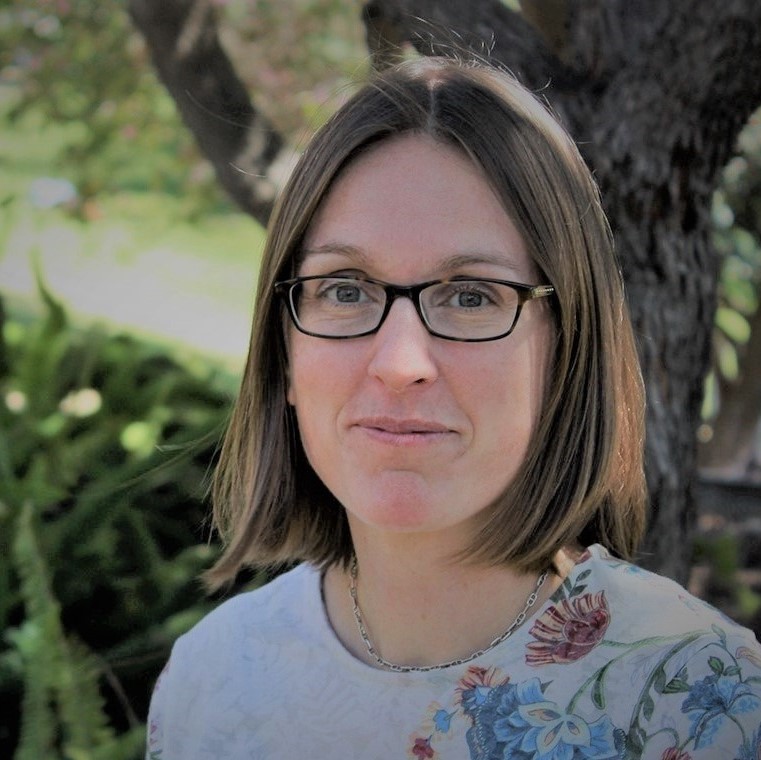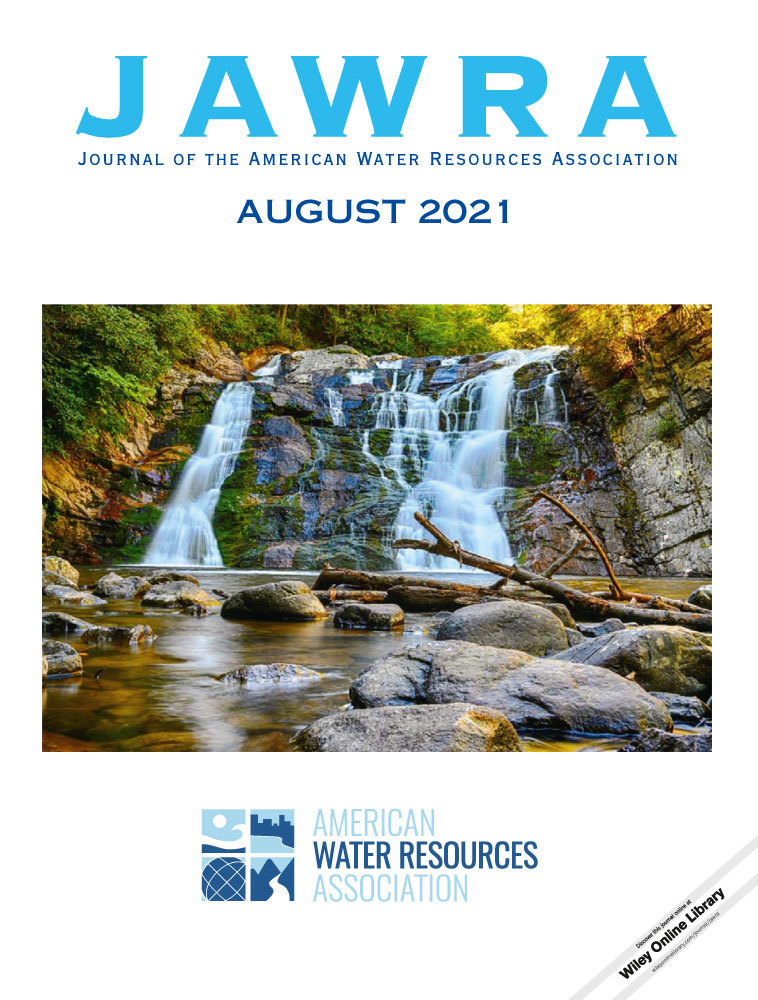Experimental Coupling of TOPMODEL with the National Water Model: Effects of Coupling Interface Complexity on Model Performance
The study had two objectives; (1) Substitute National Water Model’s (NWM) runoff calculation with a conceptual hydrologic model (TOPography-based hydrological MODEL [TOPMODEL]) to simplify the model structure and resolve potential drawbacks of applying NWM in headwater catchments. (2) Investigate how varying the coupling interface (location of coupling, type of fluxes used, modification of sub-models) affects model behavior of when one-way coupling the NWM’s land surface model (LSM; Noah-Multi Parameterization) with TOPMODEL using six different scenarios. The one-way coupled model outperformed NWM and noncoupled TOPMODEL. The coupling option limiting reliance on LSM’s surface and subsurface water fluxes by constraining them within the TOPMODEL structure was the most successful. Performance declined when coupling configurations relied more on LSM calculated fluxes to override TOPMODEL internal processes. Varying the coupling interface brought unexpected changes in TOPMODEL’s parameter sensitivity and water budget even while the statistical score remained similar. The coupling interface represents a source of structural uncertainty that could be identified through conventional evaluation of performance, uncertainty, and sensitivity due to the simple structure of our one-way coupling design. The study shows that the benefits of combining the strengths of land surface and conceptual hydrological models, while recognizing that structural uncertainty from coupling design needs to be acknowledged.

